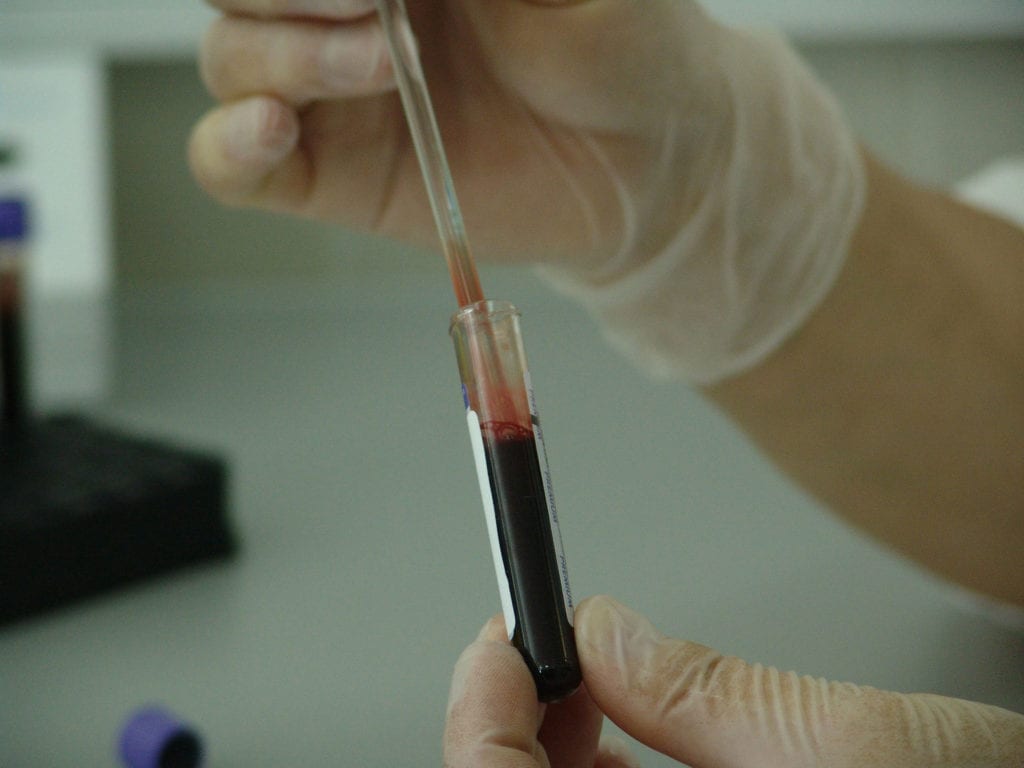According to a new study, getting tested for Zika once is not enough. A second procedure may be needed to avoid giving birth to a child with defects.
We all remember the Zika outbreak that started in Brazil in 2015 and quickly spread to over 70 countries across the world. The virus resulted in several mild infections toward adults but the real threat came toward pregnant woman and their unborn fetuses being in risk of microcephaly.
Microcephaly, a rare neurological condition, results in a baby’s head being smaller than it should, along with other birth defects. To learn more, click here.
Maurício Lacerda Nogueira from the FAMERP, Medical School of Sao Jose do Rio Preto conducted a test to analyze the spread of microcephaly. Him and his team examined a group of pregnant women who had all been confirmed with Zika. Over a long period of time, they tested their urine and saw that the virus would disappear and then quickly return with a vengeance.
The subjects were a total of 13 women in various stages of pregnancy from the Children’s & Maternity Hospital (HCM) of Sao Jose do Rio Preto. One patient had the virus tested in her urine over a course of seven months. In every case, the virus eventually dissolved from the women after giving birth.
Even if a Zika test comes in negative, it shouldn’t be abandoned there. A repeat should be done at least twice at two week intervals. Urine samples are easier to acquire and the blood viral load is usually lower and tends to dissolve at a quicker rate.
Out of the subjects, three of the women gave birth to babies with complications due to Zika, two were born with hearing problems and another was born with a severe brain cyst.
The team couldn’t find a solid connection between the numbers of times the virus appeared and the occurrence of an unfavorable result.
“To do so, we will need to perform new studies with a larger number of participants,” Nogueira said in an interview with Zee News.






